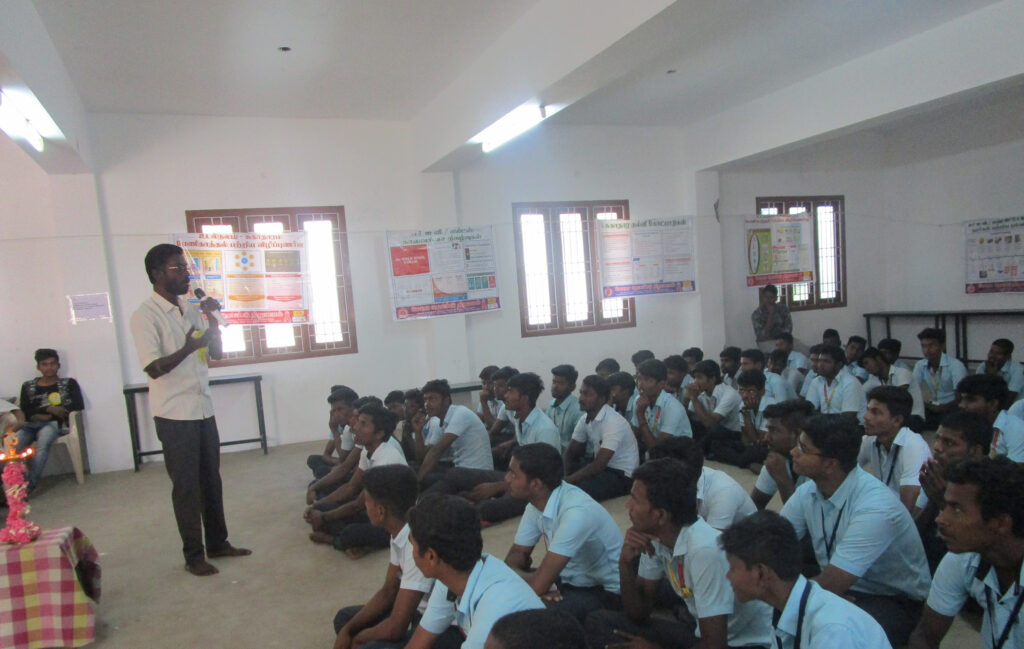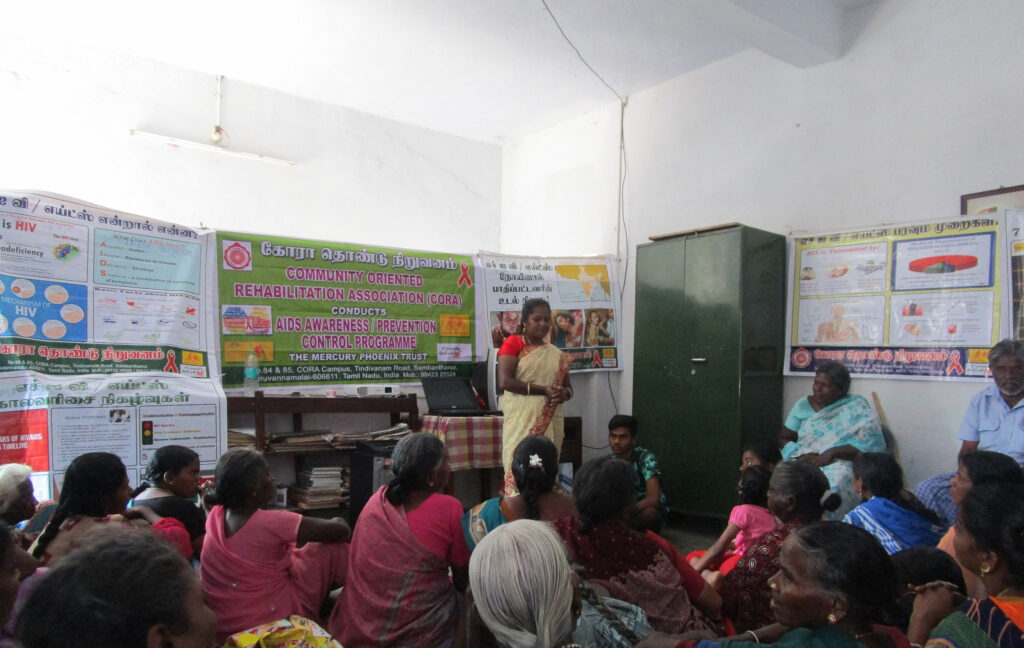INTEGRATED HIV AIDS AWARENESS PREVENTION CONTROL PROGRAM 1997 – 2020
HIV/AIDS is an epidemic that continues to be a major public health challenge around the world, having claimed more than 34 million lives since first recognized. Effective treatment, early diagnosis and public health campaigns have contributed to a 35% decrease in new HIV infections and 24% decrease in AIDS‐related deaths between 2000 and 2015 (WHO HIV/AIDS Fact sheet, 2015).
India has a low prevalence of HIV/AIDS of 0.34% but as a heavily populated country, this ranks as the third largest number of people living with HIV in the world (UNICEF, India 2015). The complex culture and the social stratification in India increase the risk of acquiring HIV infection in vulnerable groups of women and children and create barriers for these groups to access health care. The aim of this article was to present a description of the circumstances of HIV‐positive women and children in India.
The main route of HIV transmission in India is unprotected heterosexual intercourse, accounting for more than 87% of new infections in the country. Challenging economic circumstances in some parts of India lead to men migrating mainly to the cities for work, where the prevalence of HIV infection is higher than in rural areas. Men being away from their families facilitate the engagement in risky sexual behaviour. Women diagnosed with HIV infection face widespread stigma propagated by the misconception
Management of HIV in India has significantly improved with many international and local programmes supporting prevention and treatment. However, there are areas in India where women and children living with HIV endure a myriad of medical, psychological and social challenges. Women in rural poor areas in India have little control over important aspects of their life. Often, they have little decision‐making powers within their families on matters that affect them personally. They find themselves unable to negotiate to protect themselves from harm or risk of infection. Those who are known to have contracted HIV are reluctant to access health care for fear of discrimination and marginalization, leading to a disproportionate death rate in HIV women. India is arguably home to the largest number of orphans of the HIV epidemic. These children face an impenetrable barrier in many Indian societies and endure stigmatization. This situation encourages concealment of the disease and discourages children and their guardians from accessing available essential services.
































